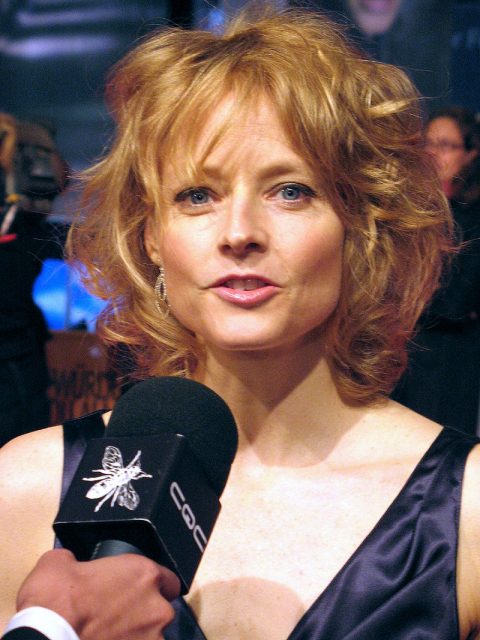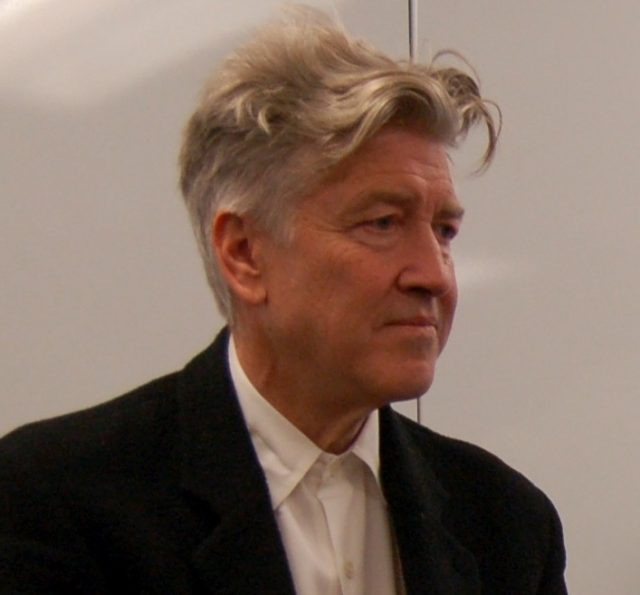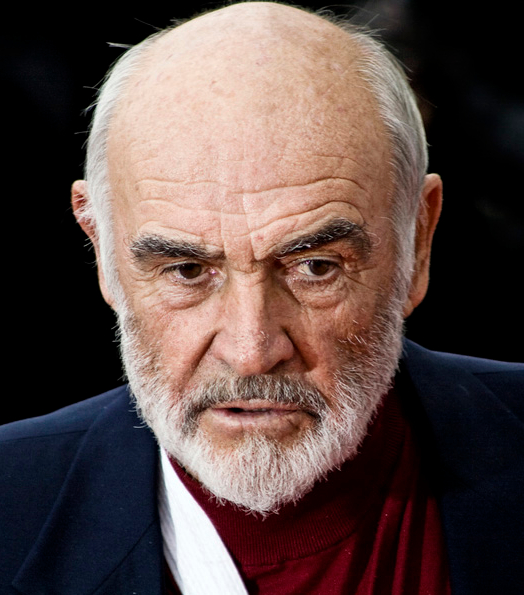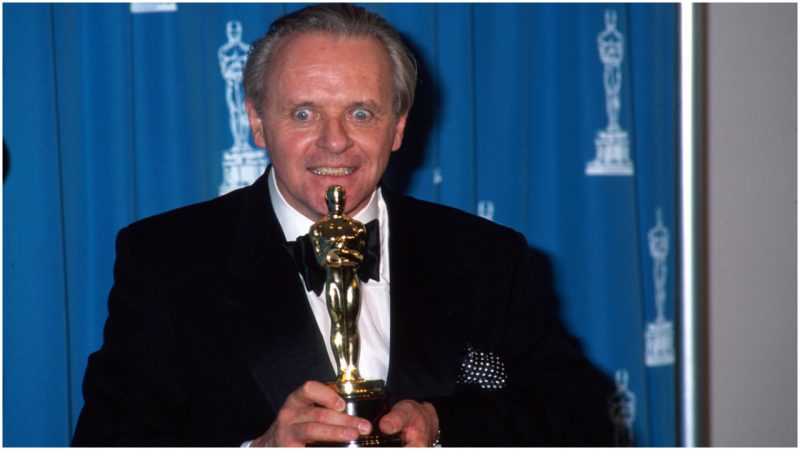Well, Clarice, have the lambs stopped screaming?
When Jonathan Demme decided to adapt and direct Thomas Harris’s novel Silence of the Lambs, his first choices for the lead roles of FBI Special Agent Clarice Starling and Dr. Hannibal Lecter were Michelle Pfeiffer and Sean Connery. After reading the script, they politely declined. The story was too disturbing to even consider being a part of, and many other performers felt the same.
Connery and Pfeiffer were just two of the many high-profile actors who perceived the piece to be too dark, the male role too small, and the female character somewhat naive and weak, and they apparently believed investing their time in it would be a career setback.

A horror movie hadn’t won an Oscar for 50 years, since 1941, when Alfred Hitchcock’s Rebecca took the highest honors, and that was not a horror film by later standards. In a world where being praised by the Academy means everything, who can blame them?
But as time proved, first choices are not always the greatest, weakness can turn into strength, and the amount of time spent on screen or in-between the lines of a script is not a pivotal factor in one’s role being impactful.

While everyone else refused to take the part, Jodie Foster, who first considered buying out the author’s rights and producing the movie herself, ended up begging to at least take the part of Clarice. She got it and deservedly won the Oscar in 1992 for Best Actress in a Leading Role.
As for her counterpart, Sir Anthony Hopkins, with his flawless portrayal of Hannibal the Cannibal, the brilliant doctor and sadistic psychopath, took the honors by winning the Oscar for the Best Actor in a Leading Role, even though he appeared in only 14 percent of the full two-hour-long movie, or with just 16 minutes and a few seconds of on-screen appearance. Yet, from the very start when he is introduced to Agent Starling from within his cell and says, “Good morning” up until his very last line, “I do wish we could chat longer, but … I’m having an old friend for dinner,” it feels like his presence is a constant throughout the film.

How do you make yourself felt in every second and every scene in such a short time? By bringing such intensity to your character and what he is, that eventually, he becomes universally omnipresent–the fear of the potential danger of a ravenous wolf to a helpless lamb.
In order for this to happen, a lot of credit goes to the excellent pacing and the director’s choice to edit the movie in such a way that Hopkins’ scenes, strategically scattered throughout the running time of the movie, grant him complete power to drive the story forward. But most of all, it went down to how the actor himself “steered the wheel,” and how, by making every acting second count during his brief appearance, essentially made the movie as memorable as it was unnerving and utterly terrifying.
When first contacted by Jonathan Demme for the role, Hopkins was surprised to find out that it was due to a previous brilliant portrayal of his of another doctor: Dr. Treves in the 1980 film Elephant Man, directed by David Lynch.

Yet this doctor was seemingly the complete opposite of Lecter, as he said to Demme in bewilderment during their first meet up.
“Dr. Treves was a goodhearted man,” he said, to which the director replied, “So is Lecter, he is a good man too. Just trapped in an insane mind.” This proved to be more than intriguing for the Royal Academy of Dramatic Art trainee to accept the offer presented.
After carefully reading all of the novels Thomas Harris wrote about this insanely brilliant man and going through the script given to him, next on Hopkins’ list was to dig up similar examples of such men. He did find something, but it was not in the history books nor in the existence of men, but in a science fiction novel, and it wasn’t a man, but, in fact, a machine.

A sentient computer gifted with impeccable artificial intelligence and a grave task to maintain a mechanical and life support systems on board a spaceship during its 2001 odyssey through space.
Popularized by Stanley Kubrick in his iconic movie adaptation from the late 1960s, this utter brilliance of a “man” was interestingly enough HAL 9000, an efficient, cheerful, and friendly hunk of metal with a soothing voice on the surface but a neurotic, deceitful, homicidal maniac underneath, one who had complete control over everything and was willing to kill everyone on board when things were starting to get out of “control.”
Hopkins himself later revealed that he channeled an author and an actress in addition to a computer in order to shape Hannibal’s personality, voice, and the way he was expressing himself. His traits were a mix he created of HAL, with his calm and soothing voice lent by Douglas Rain in 1968’s 2001: A Space Odyssey, in addition to the personality of Truman Capote and Katharine Hepburn (with whom he appeared in The Lion in Winter).
But what was most interesting was the fact that, as he was studying the backstory of his character and how it resembled the real-life relationship between infamous notorious killer Ted Bundy and Robert Keppel, the professor of criminology at the University of Washington who sought Bundy’s help to investigate the Green River Serial Killings in Washington, Hopkins found out that Hannibal shared more traits in personality with the notorious convicted mass murderer Charles Manson than with Bundy.
Specifically, he noticed that just as predators rarely blink at all when they are focused on catching their prey, Manson never blinked at all when he talked to people during interviews and interrogations.

While it is scientifically proven that most of us blink less when we learn, in order to focus, and more when we talk, because of a reasonable and ever-present dose of self-doubt concerning the things we share outside of ourselves, for psychopaths, including Manson, it’s the other way around. They rarely blink at all while talking, thus displaying no signs of self-doubt, and indeed an imposing state of self-assurance and utter confidence.
Moreover, he found out that reptiles, at least ones that don’t use their tongues to lick their eyeballs and have eyelids instead to keep the eyes moist and clean, blink only when they decide to.
While blinking is one of those few involuntary body functions we have, like breathing, that we can learn to control, it is extremely difficult to maintain full control over it because it is a biological necessity and psychologically predetermined. If one is not a psychopath that is or a reptile for that matter.

The average human being blinks approximately 4,000,000 times a year, 10,000 per day, and 12 times every minute. That being said, Anthony Hopkins, during the filming, pressured to give a powerful performance and with bright lights glaring down on him, kept his eyes open throughout the whole shooting, resulting in 16 minutes of screen time in which he blinks only a few times.
When examined up close, every single blink is done as a conscious decision at predetermined intervals and for a specific purpose: to make and brake the tension, thus illustrating that he is in total control over everything at all times, including his own actions and emotions.
It was a trait he was neither asked to employ nor proposed to him by his director but improvised and tried out directly by him on set as the shooting began. It was what he most insisted on, believing it would bring the much-needed intensity to his character and the very thing that would put him under the skin of everyone watching.
It truly did, and not just to the audience alone throughout the decades, for as reported, most of the crew was truly terrified while they were filming his scenes, especially his close-ups, such as when he meets Foster in the very first scene between Agent Clarice Starling and Dr. Hannibal Lecter and their first little “Quid pro quo” chat.
In the end they won Oscars for their respective roles. What’s more, the movie scooped up the big five (Best Movie, Best Screenplay, Best Directing, Best Male, and Best Female lead). It was the third and the last film to ever achieve this after It Happened One Night, which also earned these awards in 1934, at the seventh Academy Awards, and One Flew Over the Cuckoo’s Nest in 1975, on the 48th awards night.
“You know what you look like to me, with your good bag and your cheap shoes? You look like a rube. A well scrubbed, hustling rube with a little taste.
Good nutrition’s given you some length of bone, but you’re not more than one generation from poor white trash, are you, Agent Starling? And that accent you’ve tried so desperately to shed: pure West Virginia. What is your father, dear? Is he a coal miner? Does he stink of the lamp?”
This is how Dr. Hannibal Lecter unfurled himself and his intrusive starring glare to the moviegoers in 1991, when Jonathan Demme’s Silence of the Lambs came out on February 14th, on Valentine’s Day.
